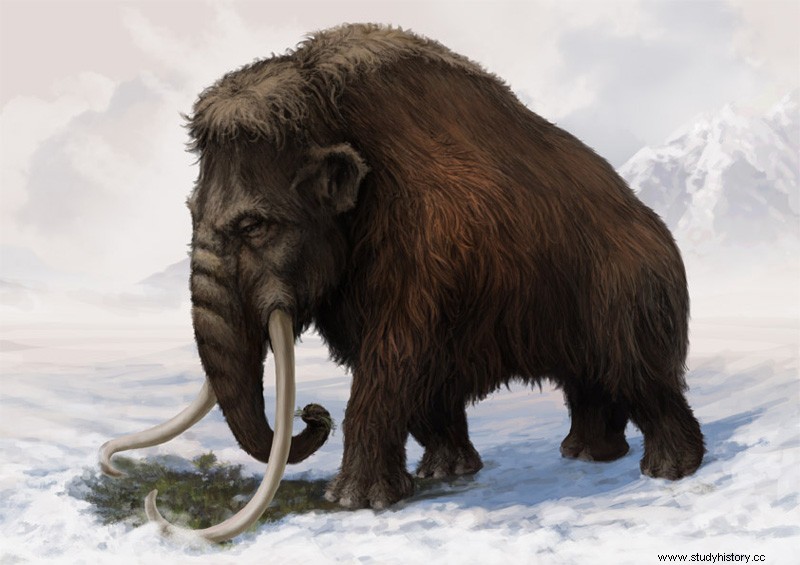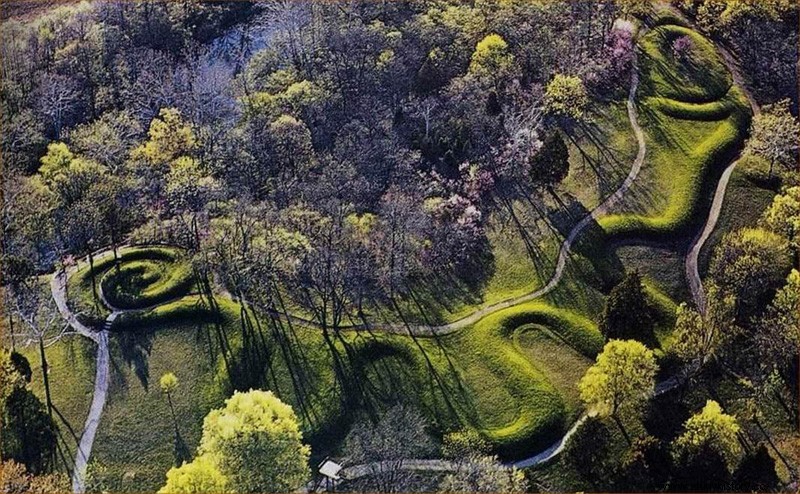
Around 15,000 BC
Arrival of the first humans in North America:
During this ice age , much of the earth is covered in ice and snow. Land and ice bridge connects America to Asia . The first American Indians cross Asia on foot or along the coast. They wander in pursuit of large animals:mammoths, horses and bison.
Around 10,000 BC
The Hunters of the Plains:
The mammoths died out, but the bison is one of the few large mammals that has not disappeared. But hunters are content with smaller animals and they gather wild plants for food.

Around 8000 to 1000 BC
Tribes disperse and develop new ways of life:
Humans are nomads and they venture through the mountains, plains, forests, deserts and icy lands of North America where they begin to settle. Each region engenders a different way of life. In the deserts of the Southwest, the American Indians hunt and gather nuts, seeds and wild fruits. Subsequently, some tribes learn to grow corn, beans and squash.
The bison hunt:
Hunters disguise themselves as wolves and hurl spears at the bison or push them up cliffs to throw themselves off.
Around 2000 BC
Inhabitants of the Arctic:
Men settle in the Great North and adapt their way of life to the frozen expanses of the Arctic. They fish and hunt seal and walrus. In winter, they build shelters out of blocks of ice, the igloos .
Around 1000 – 300 BC
Adena civilization:
The Adena live in wooded areas along the Ohio River. They hunt deer, fish, collect berries, and also cultivate plants such as beans, gourds, and sunflowers.

Around 300 BC – 550 AD
Hopewell Civilization:
They are famous for the huge burial mounds they left behind. Some pyramidal, others animal-shaped. The Hopewells trade with other tribes from the Great Lakes to the Gulf of Mexico. They bring back shells, copper and alligator teeth, which they transform into necklaces and ornaments.
Around 1 to 500 AD
First Basket Makers:
They are peasants called “basket makers” who make beautiful baskets with twigs.
